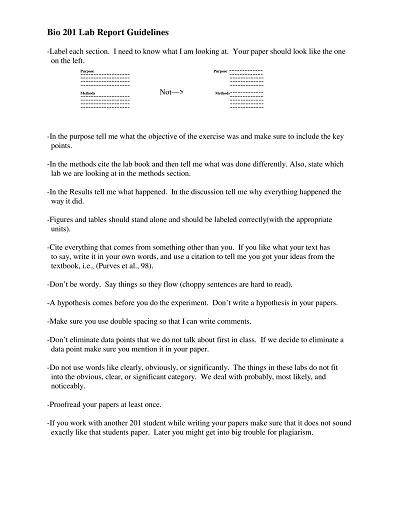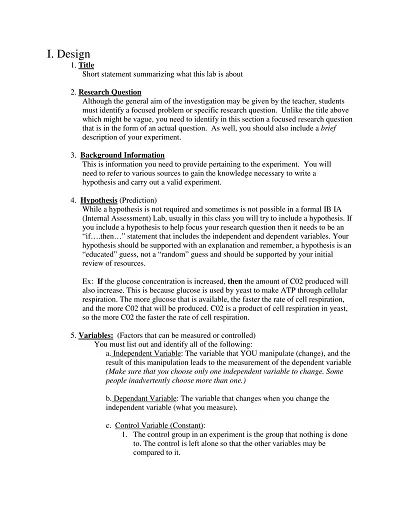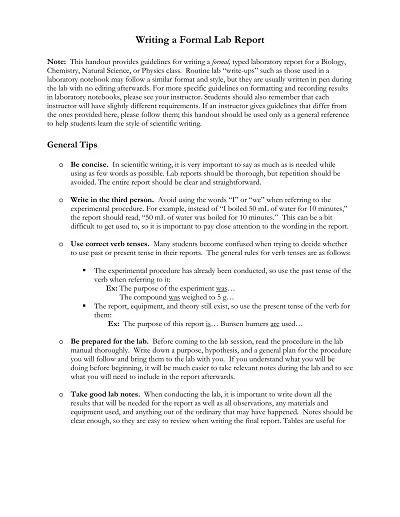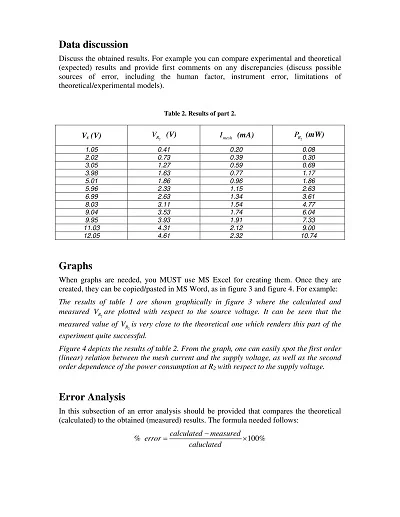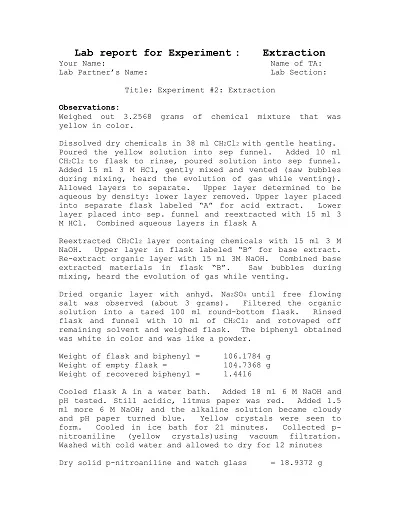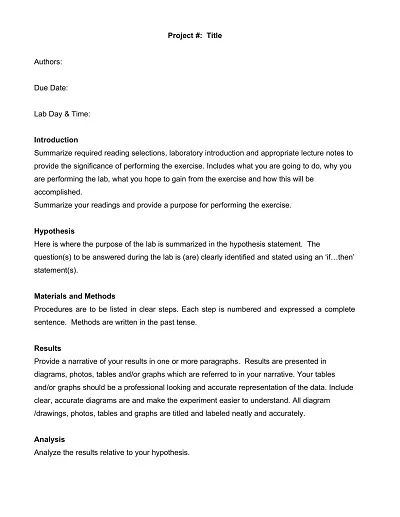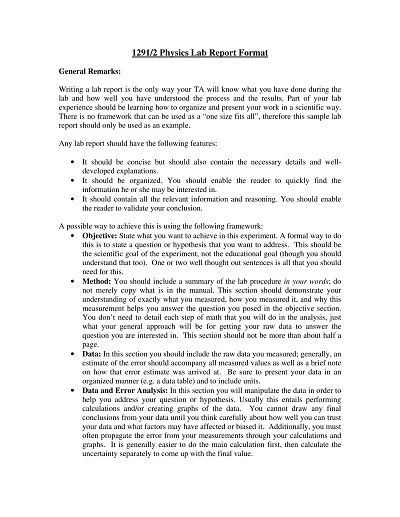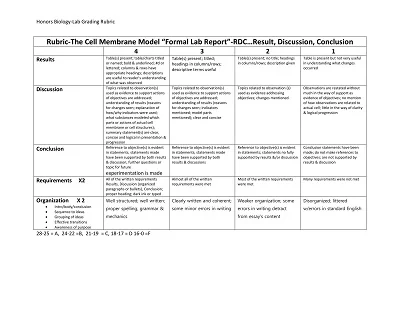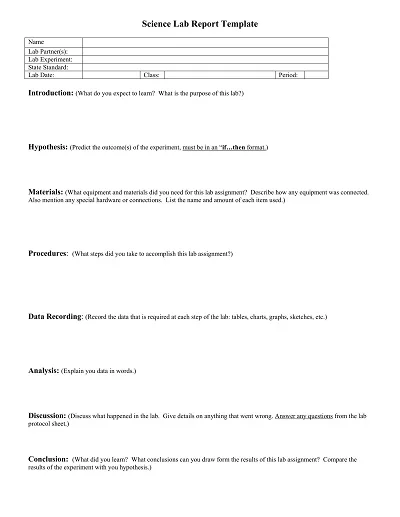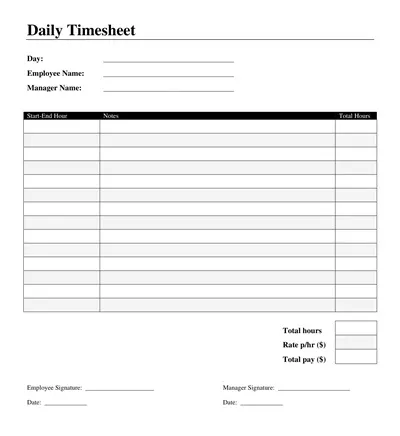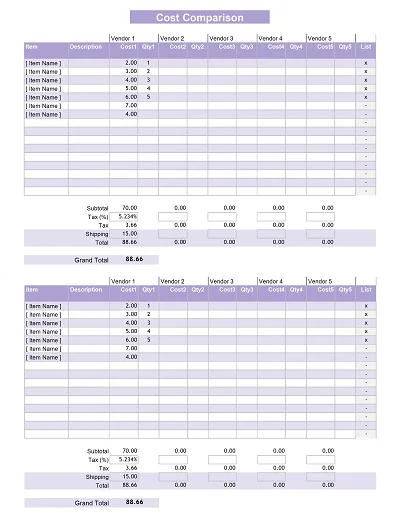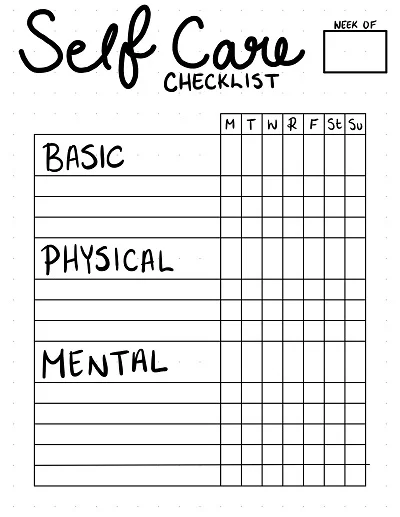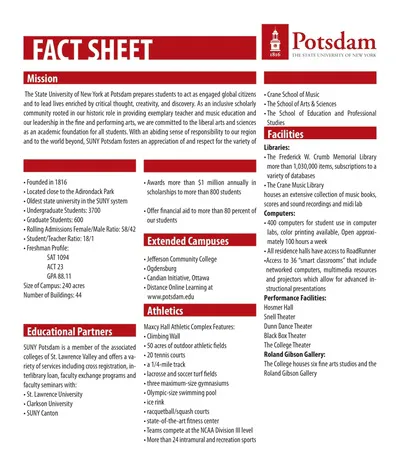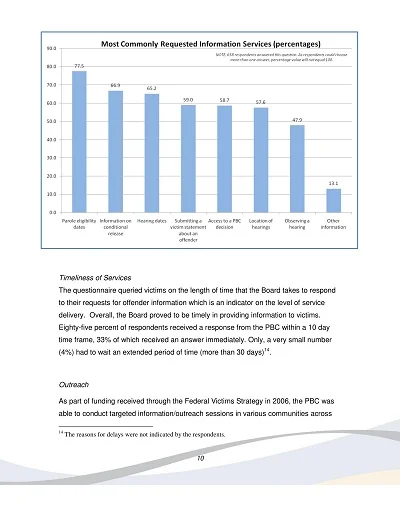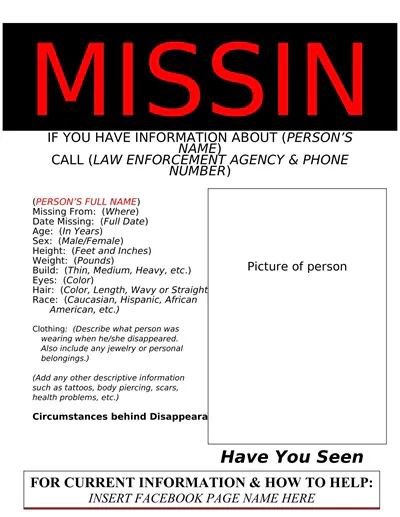Experiment Report Template is a pre-planned format that guides the report on the experiment’s goals, methods, outcomes, and discussion. It is a reference guide for researchers and scientists conducting their experiments.
It helps them to be more orderly when documenting their procedures and therefore aids the subsequent accuracy when capturing the result and analyzing the same. Sticking to some standard procedure also helps in understanding the results more swiftly, improving the versatility and credibility of the experimental results.
Download Free Experiment Report Templates
What is an Experiment Report?
An experiment Report is a comprehensive assignment that studies and describes an experiment. It is an all-purpose document to help the reader understand the experiment’s objectives, procedures, results, and conclusion.
It is so critical in the scientific method as it makes it possible to repeat the results and add more knowledge to human beings or the world by sharing new findings and experiences with the rest of the world.
Components of Experiment Report
Clear organization of sections is crucial for the experiment report as it is a text that contains several elements that help to achieve specific goals in understanding the results. These components may vary depending on the discipline or field in which the experiment was conducted but generally include the following:
- Title Page: The following parts of any experiment: name the experiment, names of the participants, and date.
- Abstract: An experiment, its purpose, methods, the obtained results, the conclusions drawn from those results, and the references used in the experiment.
- Introduction: This section establishes the context for the topic, presents the aims of the experiment under consideration, and formulates the research hypothesis.
- Materials and Methods: Lists the substances applied and the methods implemented in the experiment.
- Results: Describes the results obtained during the experiment along with tables, figures, and charts used to explain the result.
- Discussion: Interpret the results, state whether the hypothesis is valid, and discuss the consequences of the results.
- Conclusion: Overviews the study’s conclusion and offers several research avenues for future investigation.
- References: Indicates all the sources used in the report as a basis for the background, methods, and discussion parts.
Benefits of Using an Experiment Report
The following are some of the important advantages of using an experiment report in the conduct of scientific activities, which can be of immense advantage in redesigning any experiment: It provides a template by following which the method used in an experiment, observed results, and its analyses and discussion can be noted.
This structural approach to data and result collection guarantees that all relevant information required for evaluating the results of an experiment or study by the researcher or peers who may wish to replicate or extend the experiment is well captured.
Also, the experiment report assists in presenting information in simpler ways; the details may be understood and explained to a wider audience of scholars, industries, and the public. Such openness and availability contribute accordingly to building a community of scientific discovery and development, thereby enhancing the possibility of forging ahead in science.
Tips for Writing an Effective Experiment Report
When crafting an effective experiment report, consider these essential guidelines to ensure clarity, precision, and relevance:
- Define Your Purpose Clearly: First, indicate the main goal of the experiment in one or two lines so the reader will have an idea of what you will achieve.
- Elaborate on Methodology: Give a clear description of the methods by which the product was produced and the materials and equipment used in the work, where other individuals may wish to replicate the work.
- Present Data Coherently: When presenting the data, you must use tables, graphs, or charts. In general, I have found that visual support helps increase the amount of comprehensible information.
- Analyze Results Thoroughly: When communicating the data, do not simply present it; use analysis. Elaborate upon the daily patterns and observe the existing relationships between components and interfaces, if any; think about the overall result of your evaluation.
- Relate Conclusions to Objectives: Your recommendations should be centered on the purpose you outlined at the start of the report—cohesion to the primary goal of the experiment.
- Include References: List out all the resources and literature that were used for the preparation of your experiment and report. This leaves a positive impression and provides credit to others where it is due.
- Review for Accuracy and Clarity: Remember, it is important not to make any mistakes in data or writing, so you should be careful and review the report several times. Cross-check that it does not contain complicated language, technical terms, or any other language that may cause misunderstanding.
The following shall assist you in providing a proper, concise, and informative experiment report that presents the findings, conclusions, and analyses.
Step-by-Step Guide to Using the Experiment Report
Here are some tips on how to apply an experiment report and detailed descriptions of how you could use it:
Step 1: Setting Up Your Experiment
To start with, state the goal of your experiment, as it should be explicitly stated to avoid any confusion. What is the general premise being put to the test? Note this in the “Objective” sub-section of the report.
Step 2: Gathering Materials
Before you begin your experiment, list all materials and equipment you will need for it in your project’s “Materials” part. They indicated that an excellent experiment should contain details allowing an individual to repeat the same experiment.
Step 3: Experiment Procedure
Provide a complete and detailed description of what you did to conduct your experiment in the “Procedure” section. Record the variables such as length, breadth, time sequence, and changes for the experiment. It must be precise, and the messages must be clear and informative.
Step 4: Observations and Data Collection
While performing your experiment, you should note all the observations and other data gathered in an orderly. Include tables, charts, or graphs in the section where information is collected, aware that this will make it easier for the intended audience to analyze the information presented to them.
Step 5: Analyze and Conclusion
Hypothesis testing: Let it determine whether the data collected has enough evidence to support your hypothesis. This should be discussed in the “Analysis” part, and then, in the “Conclusion,” an outline should be given to determine whether the hypothesis was supported.
Step 6: Review and Reflect
Lastly, the process or procedures involved and the results should be discussed. Think about the positives and negatives, nuances, and raw outcomes. In the “Reflection” part of the experiment, consider extra questions that have come up and other experiments that could be completed.
How to Create an Experiment Report Template
When devising a sample experiment report, it is important to consider the following steps: the document should be well-coordinated, the message clear and concise, and all the relevant data provided in the report.
Here’s how to design an effective template:
- Title Page: The variables to be identified include the name of the experiment, the date conducted, the names of the participants involved, and the instructor’s name.
- Abstract: An overview of the aim and hypotheses of the experiment, in addition to the key observations and the conclusions derived from that place, should not exceed 250 words.
- Introduction: They should describe the background information and the main objectives of the experiment as well as formulate a hypothesis.
- Materials and Methods:
- List all materials used.
- Give a clear step-by-step procedure of the experiment which should be done.
- Results:
- The best models can be illustrated in charts, graphs, or tables for better comprehension.
- Add one or more reports or documents that contain the following elements: a brief history of the data for reference purposes, qualitative and quantitative data, and brief interpretations of the findings.
- Discussion:
- They should present the hypothesis’s results in a manner that explains why the test resulted in a particular score.
- Explain contingencies and how deviations from expected results may have occurred.
- Conclusions: Conclusively present the experiment’s results, the tests performed on the hypothesis, and the overall implications of the conclusion.
- References: Enumerate all the sources used to prepare the report, acknowledge the original owners of the information, and facilitate independent validation of the report.
- Appendices: Present any details or additional data, raw data, lengthy calculations, etc., that might not reasonably fit into the main body of the report.
These structures help fill each report to certain and adequate levels, thus making replications of the conducted experiments verifiable.

